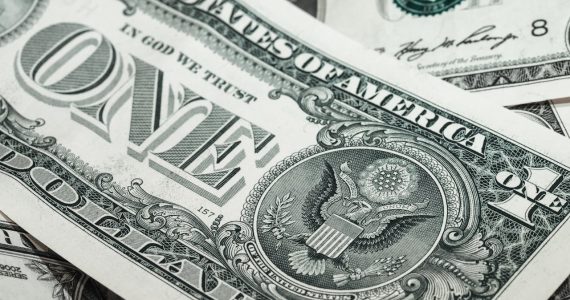Of all the daily things we use, for the most part, money stands at the top. And why not? After all, life would come down to a standstill if we don’t have adequate money. Since 1792, the US is making money in the form of coins. The coins had a different value altogether since they were usually made of precious and semi-precious metals. Things changed after 1862 while the Civil War was in progress – for the Department of Treasury allowed the production of paper money, cotton to be precise. Basically, coins couldn’t be produced at all times and as a worthy replacement, the note system made up for the shortage. In fact, there are more amazing facts about money that you probably don’t know, and here’s a good chance.
It Isn’t Only US Mint Where Money Is Produced
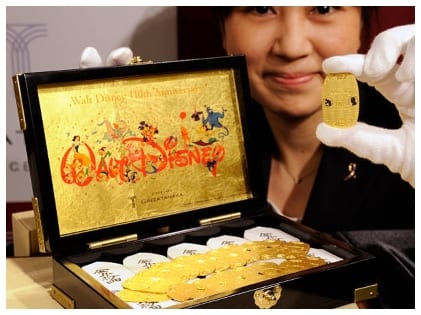 Plenty of communities within the US make their own money and unknowingly you might have used them! There’s the ‘Disney’ money in Walt Disney theme park. Apart from that, few colleges procure their own money to be utilized for students. Thanks to communities like New York, Ithaca- all of which provide local forms of money.
Plenty of communities within the US make their own money and unknowingly you might have used them! There’s the ‘Disney’ money in Walt Disney theme park. Apart from that, few colleges procure their own money to be utilized for students. Thanks to communities like New York, Ithaca- all of which provide local forms of money.
In a bid to further the interests of smaller communities and businesses therein, this system helped exchange multiple forms of US cash and for community dollars to initiate such purchases.
Coin Ridges Prevent Counterfeiting
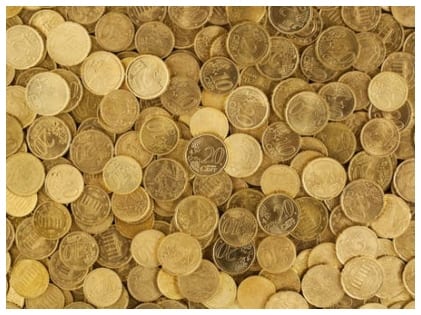 The history of coins takes us on a wandering spree as to why there are ridges on the edges of coins. Basically, this was done to stop counterfeiting. And it actually happened! Even when Colonia America was gentler, calmer; ‘improving criminals’ often tried to counterfeit money. They would shave off the edges since the coins were mostly made of gold and silver.
The history of coins takes us on a wandering spree as to why there are ridges on the edges of coins. Basically, this was done to stop counterfeiting. And it actually happened! Even when Colonia America was gentler, calmer; ‘improving criminals’ often tried to counterfeit money. They would shave off the edges since the coins were mostly made of gold and silver.
For example, a ten-dollar gold piece used ten dollars of gold! The need to make extra money propelled many to shave off those edges and thereby take off the precious metal. So much so, even merchants would fail to notice how much was extracted. As a result, the value dipped when they went to purchase using them. Now if you check, the ridges of these coins resemble that of ‘braille’ for those visually impaired. In all, 119 grooves lie at the edge of a quarter.
Most Counterfeited Bill In The US Is $20
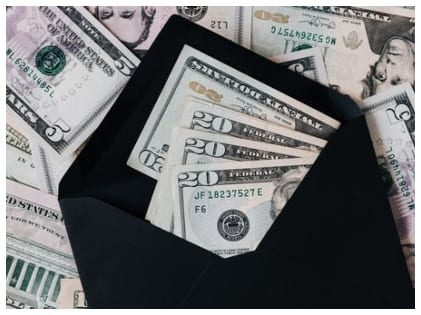 Counterfeiting at one point was a crime that was meted out as a punishment akin to death. Benjamin Franklin had phrased the famous ‘to counterfeit is death’ on his own money. Even now, it’s a blunder, a threat that can jeopardize the very stability of a nation.
Counterfeiting at one point was a crime that was meted out as a punishment akin to death. Benjamin Franklin had phrased the famous ‘to counterfeit is death’ on his own money. Even now, it’s a blunder, a threat that can jeopardize the very stability of a nation.
Records show that the most counterfeited denomination is the $20 bill, after which is $100. Also, in foreign countries too, US $100 stands the most counterfeited note. This doesn’t mean however that coins are protected that way! They also stand equal chances of being counterfeited, and today, you would find greater fake copies of valuable coins.
Fantasies Are Aplenty With Money
Amazing as it may sound – every bill contains a story. This applies to everyone, including those who held it, purchased it, and also saved the same. Apart from economics, finance, business and history, and politics, the concept of money has lured and attracted many from diverse fields.
Going by a recent survey, Americans are known to build more fantasies around money! Also, it stated that the chances of winning a lottery are somewhat around 10 million to one. And even that one chance counts, just because of the power that money has (for almost everything).
Benjamin Franklin Is The Only Non-President To Appear On A Bill
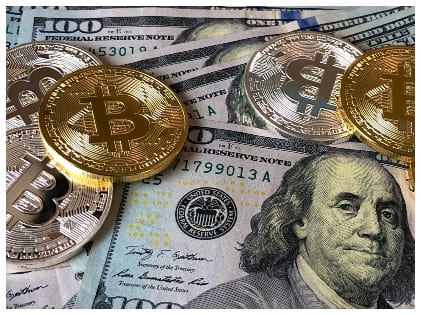 As per common notions, the US government has never ever issued a one-million-dollar bill. To date, the highest currency denomination was the $100,000 Series 1934 Gold Certificate. However, this was used for banking transactions and not made available for public circulation.
As per common notions, the US government has never ever issued a one-million-dollar bill. To date, the highest currency denomination was the $100,000 Series 1934 Gold Certificate. However, this was used for banking transactions and not made available for public circulation.
This one had the portrait of President Woodrow Wilson. At present, the highest denomination made publicly available is the $100 bill US currency, which surprisingly doesn’t feature any American President’s face! Yes, that’s Benjamin Franklin.
That’s not an exhaustive list though. These amazing facts know no bounds, and the more you read, you’ll be willing to know how coins and currency notes have passed the ravages of time. And that’s how we know money at present.



